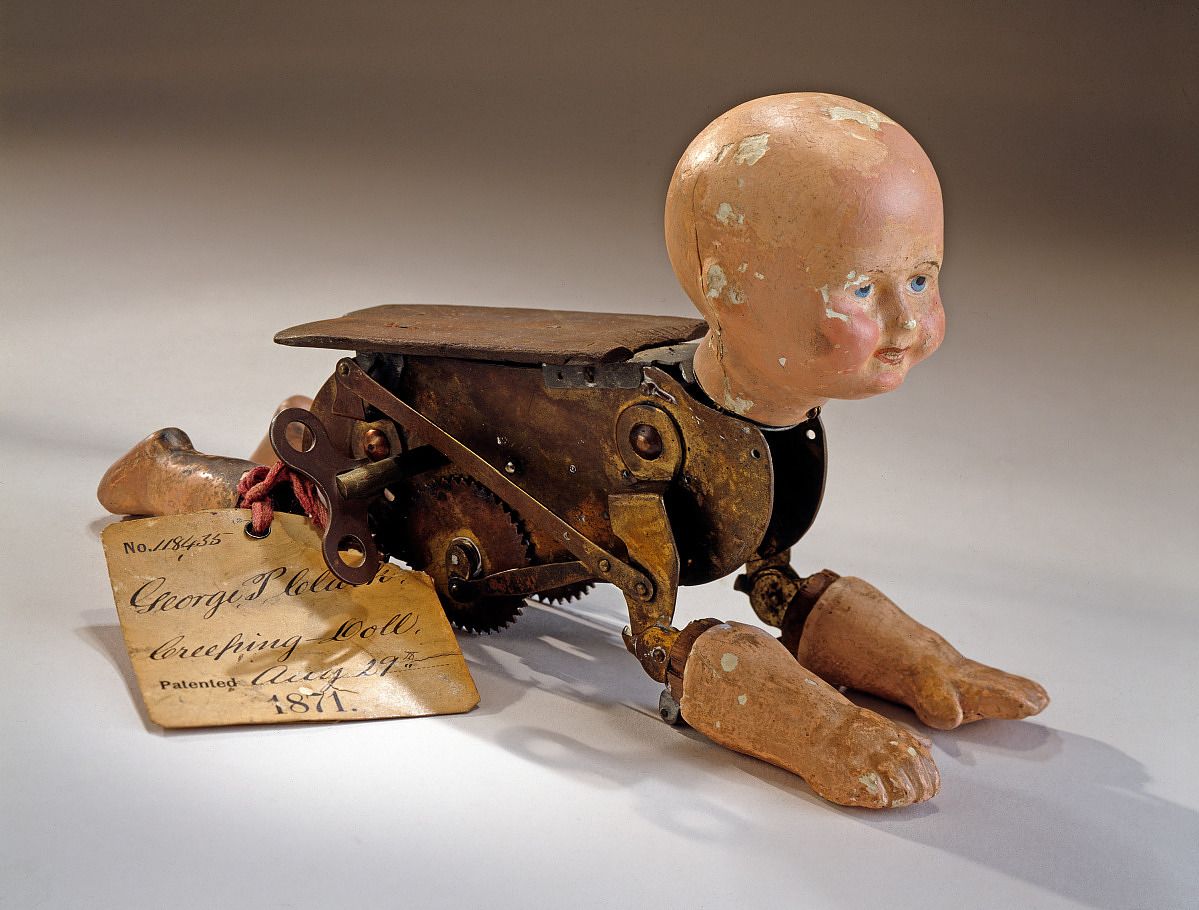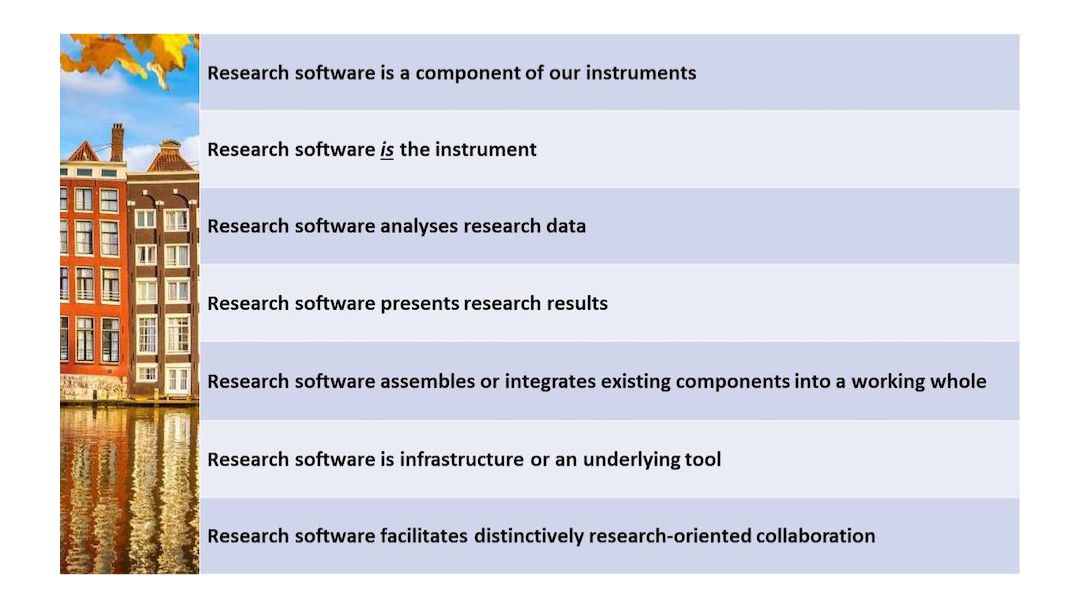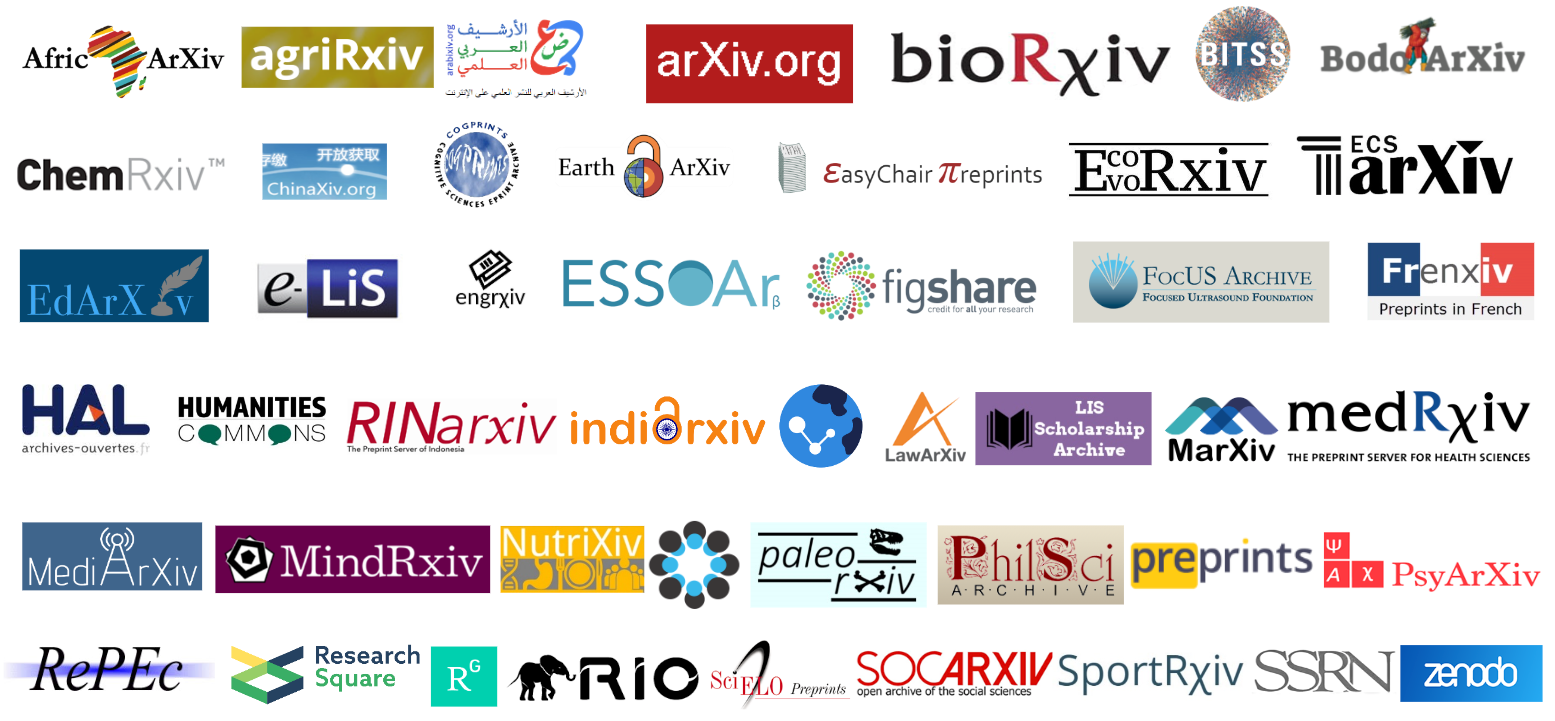
Research software is a key part of most research today.

Research software is a key part of most research today.

Although advances in artificial intelligence (AI)1 have been unfolding for over decades, the progress in the last six months has come faster than anyone expected. The public release of ChatGPT in November 2022, in particular, has opened up new possibilities and heightened awareness of AI's potential role in various aspects of our work and life.

Research data and software rely heavily on the technical and social infrastructure to disseminate, cultivate, and coordinate projects, priorities, and activities. The groups that have stepped forward to support these activities are often segmented by aspects of their identity - facets like discipline, for-profit versus academic orientation, and others.

Like the rest of you, I’ve been deluged with opinions and advice about recent advances in AI. So, I hopped into the AI mosh-pit. Last fall, I grabbed an account on DALL-E and spun up intricate artwork in my spare time. I jumped on Chat GPT 3.5 when it arrived, and this week, on GPT-4. I have an open tab that takes me to my account with Openai.

In November of 2022, the Research Software Alliance (ReSA) and the Netherlands eScience Center organized a two-day international workshop titled “The Future of Research Software.” In the workshop, funding organizations joined forces to explore how they could effectively contribute to making research software sustainable. The workshop had many participants from all continents and was a huge success.

Scholarly publishing is going through an exciting transition. Researchers are increasingly publishing their work on preprint servers before submitting it to journals. Some researchers have even decided not to submit to journals at all. On top of this, new forms of peer review are emerging, organized around preprints and operating independently from traditional journal peer review.

Infrastructure: what’s at stake Infrastructure often is perceived as a “given”, as something that was always there, as “natural”. In the digital age, infrastructure seems more “natural” than ever (it's hard to imagine there was a time without internet connectivity in our mobile phones or even a time when phone lines were a luxury item) and the social and economic dimension of infrastructure tend to be invisibilized and are left out of

Digital object identifiers (DOIs) and relevant metadata have been used for 20 years to help preserve the scholarly record by maintaining stable links to scholarly publications and other important scholarly resources, combined with long-term archiving by publishers and libraries. Lots and tools and services have been built around this infrastructure to make it easier for scholars to consume and contribute to this scholarly record.

Since its release towards the end of 2022, ChatGPT has been dominating the majority of AI-related conversations on social media. One could almost say it has made AI more mainstream and accessible than ever. AI is quickly revolutionizing the modern-day research landscape. According to a CSIRO report, nearly 98% of scientific fields use AI in some way.

In October, the journal eLife announced that it will change how it handles peer review starting January 2023: From next year, eLife is eliminating accept/reject decisions after peer review, instead focusing on public reviews and assessments of preprints. To better understand what this change means for authors and reviewers, Upstream editor Martin Fenner asked Fiona Hutton, eLife's Head of Publishing, a few questions.

Researchers, librarians, policy makers, and practitioners often complain about the scholarly publishing system, but the system also offers exciting opportunities to contribute to innovations in the way academic findings are disseminated and evaluated.